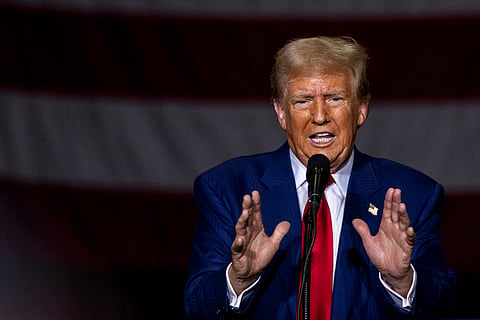Donald Trump
Global Citizen
Trump’s Ukraine peace gamble dillemma – Andreas Kluth
Trump’s challenge to end the Ukraine war reveals contradictions in his foreign policy.
Key topics:
- Trump opens peace talks with Putin but faces a self-made contradiction.
- Ukraine's security hinges on U.S. support, but Trump vows to avoid war.
- A weak deal risks emboldening Putin and leaving Ukraine vulnerable.
Sign up for your early morning brew of the BizNews Insider to keep you up to speed with the content that matters. The newsletter will land in your inbox at 5:30am weekdays. Register here.
The seventh BizNews Conference, BNC#7, is to be held in Hermanus from March 11 to 13, 2025. The 2025 BizNews Conference is designed to provide an excellent opportunity for members of the BizNews community to interact directly with the keynote speakers, old (and new) friends from previous BNC events – and to interact with members of the BizNews team. Register for BNC#7 here.
If you prefer WhatsApp for updates, sign up for the BizNews channel here.
By Andreas Kluth
___STEADY_PAYWALL___

